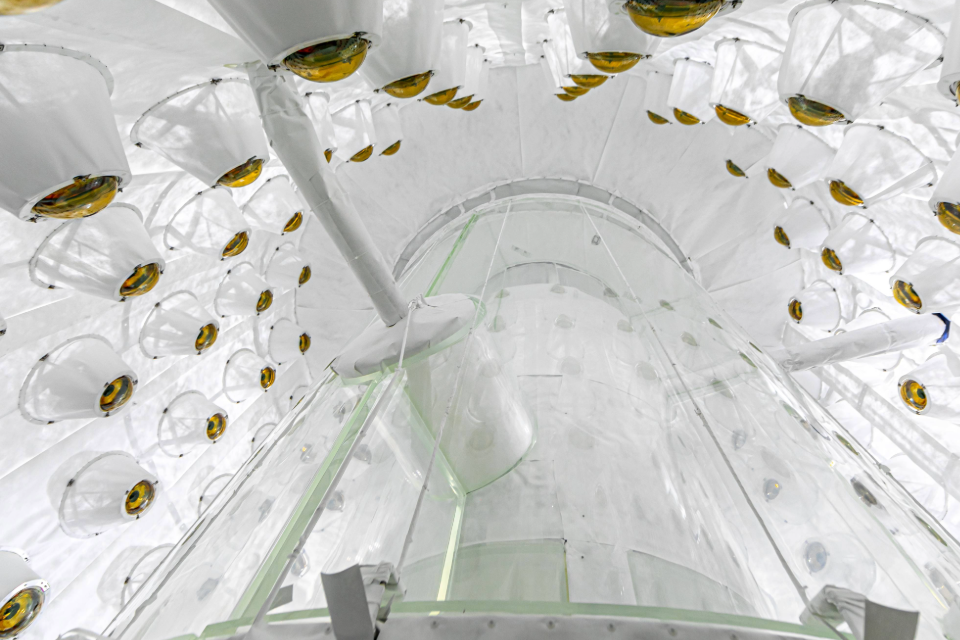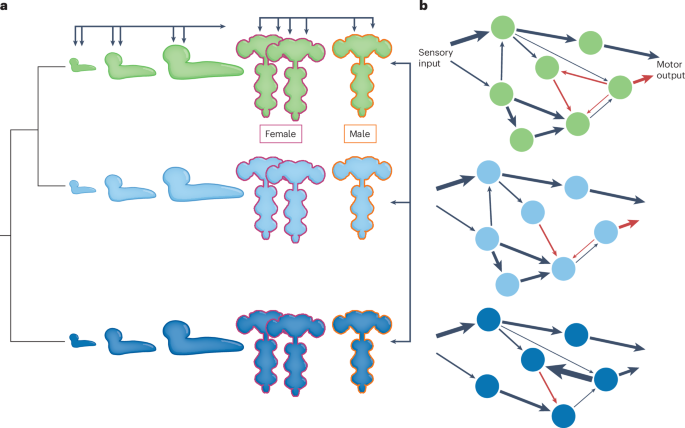It’s hard to believe that Dwayne Johnson received his first Golden Globes nomination on Monday after starring in over 60 movies during his decades-spanning career. But his dramatic role of Mark Kerr in Benny Safdie’s The Smashing Machine…
Author: admin
-

LZ Leads Dark Matter Hunt, Unveils Solar Neutrinos
University of Liverpool researchers are part of an international physics experiment that has just announced its record-breaking latest results in the search for dark matter.
The LUX-ZEPLIN (LZ) experiment is dedicated to uncovering the…
Continue Reading
-
US to open up exports of Nvidia H200 chips to China, Semafor reports – Reuters
- US to open up exports of Nvidia H200 chips to China, Semafor reports Reuters
- Trump praises Nvidia CEO Jensen Huang after discussion about export controls Reuters
- US senators seek to block Nvidia sales of advanced chips to China Financial Times
- Department of Commerce will soon allow exports of Nvidia’s H200 chip to China: report Sherwood News
- The Senate’s new SAFE bill is set to curb access to advanced chips to China, but that won’t slow down the AI war — training workloads still heavily rely on Nvidia, while alternatives remain inefficient Tom’s Hardware
Continue Reading
-
Two Afghan teenagers jailed for raping girl in England – Reuters
- Two Afghan teenagers jailed for raping girl in England Reuters
- Teen asylum seekers from Afghanistan sentenced for rape BBC
- Teenage Afghan asylum seekers who abducted and raped girl, 15, sentenced The Guardian
- This should be the smoking gun that…
Continue Reading
-

Using comparative connectomics to understand variability and evolution in neural circuits – Nature
- Using comparative connectomics to understand variability and evolution in neural circuits Nature
- Method of the Year 2025: electron microscopy-based connectomics Nature
- X-rays Unlock High-Res Brain Mapping Potential Mirage News
- Unlocking the…
Continue Reading
-

‘The Real Housewives Of Beverly Hills’ Season 15 Taglines Released At Bravo
Ahead of the new episode of The Real Housewives of Beverly Hills this week, Bravo has dropped the Season 15 taglines and brought up some nostalgia.
Since the series premiered in 2010, Kyle Richards has used variations of “in this town” or…
Continue Reading
-

Simple blood and urine tests could spare febrile infants from more invasive procedures
New evidence from a six-country study led by the Montreal Children’s Hospital and Children’s National Hospital shows simple blood and urine tests could spare many young infants with fevers from more invasive procedures.
A simple…
Continue Reading
-

Leonardo DiCaprio Named Time’s Entertainer Of The Year For ‘One Battle’ Role
Another battle won. Time magazine said today that Leonardo DiCaprio is its 2025 Entertainer of the Year.
The 102-year-old mag honored the Oscar winner and seven-time nominee for his acclaimed performance in One Battle After Another, the…
Continue Reading
-
Flavonora: a new genus of lecanoroid lichens (Ascomycota, lichenized fungi)
Lücking, R., Hodkinson, B. P. & Leavitt, S. D. The 2016 classification of lichenized fungi in the Ascomycota and Basidiomycota—Approaching one thousand genera. Bryologist 119, 361–416. https://doi.org/10.1639/0007-2745-119.4.361 (2017).
Continue Reading
-

Cancer Deaths to Double by 2050 Unless We Make Changes, Expert Warns : ScienceAlert
When I worked on the latest Global Burden of Disease cancer study, a global project that tracks cancer patterns and deaths across countries, I found myself pausing as the numbers loaded on the screen. Even as a scientist used to large…
Continue Reading
